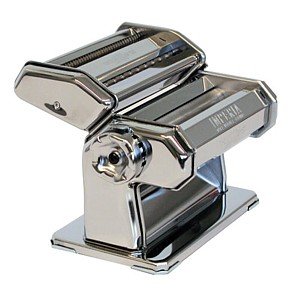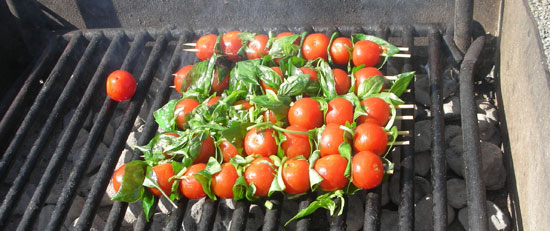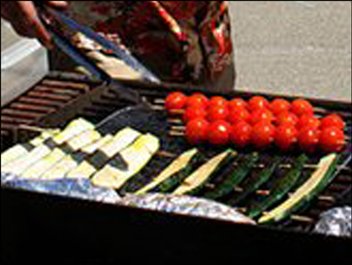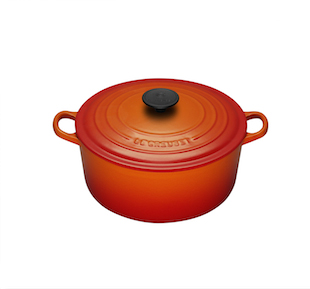Many of us are trying to find different ways to feed our families during this economic time. I have a few friends who have eliminated “going out” to eat from their budgets. Denny’s is no longer an option for some. I’ve eliminated fast food from our budget too. It’s been a hard time especially since I crave a juicy hamburger.
Tuesday nights are pasta night at our place. The process was to buy a jar of sauce and boil a packaged box of noodles. Today, I’ve cut down our budget by making my sauce and noodles from scratch.
At first I was hesitant in making everything from scratch because it breaks away from a routine. I figure change is good and making my own pasta was a good one.
You know how adobo tastes really good on the second day? The same goes with pasta sauce. I’ll start off the night before with my favorite recipe for red pasta sauce:
Ingredients
- 1 pound ground round beef
- 1 pound ground pork
- 2 large onions, chopped
- 4 cloves garlic, pressed
- 5 large cans tomato paste
- 10 tomato paste cans water
- 4 tablespoons Parmesan
- 1 1/2 tablespoons salt
- 6 leaves fresh basil or 1 tablespoon dried basil
- 1 tablespoon dried oregano
- 1 teaspoon freshly ground black pepper
Directions
In a large saucepan over medium heat, saute the ground beef and pork until brown. Drain off excess fat. Add the remaining ingredients and stir until smooth. Cook for 3 to 4 hours on medium heat, stirring often to prevent scorching.
I leave the sauce on the stovetop overnight to cool down. Putting how pots full of stuff in your refrigerator will increase your power bill because it’s working harder to cool off that pot. I put the sauce in the refrigerator the next morning.
The noodles are from scratch too. When you look at the box of premade noodles, the only ingredients are: flour, salt, semolina flour, egg, and water.
There are some recipes out there that are just flour and water: 2 cups flour to 1.5 cups water. I forgot where I got mine from and now it’s all muscle memory:
Ingredients
- 2 cups flour
- 2 eggs
- 2 tablespoons olive oil
- 2 teaspoons water
(notice how everything is in 2?)
Directions
Mix all the ingredients together until it makes a moist dough texture. Roll out the noodles into thin. Cut into noodles.
I have an Imperia manual pasta maker.

Instead of hand rolling and cutting the dough, I just run it through this machine and out comes fresh pasta.
What’s really cool about fresh pasta is that it only takes 3 minutes to cook versus the 12-15 minutes to cook dry pasta.














